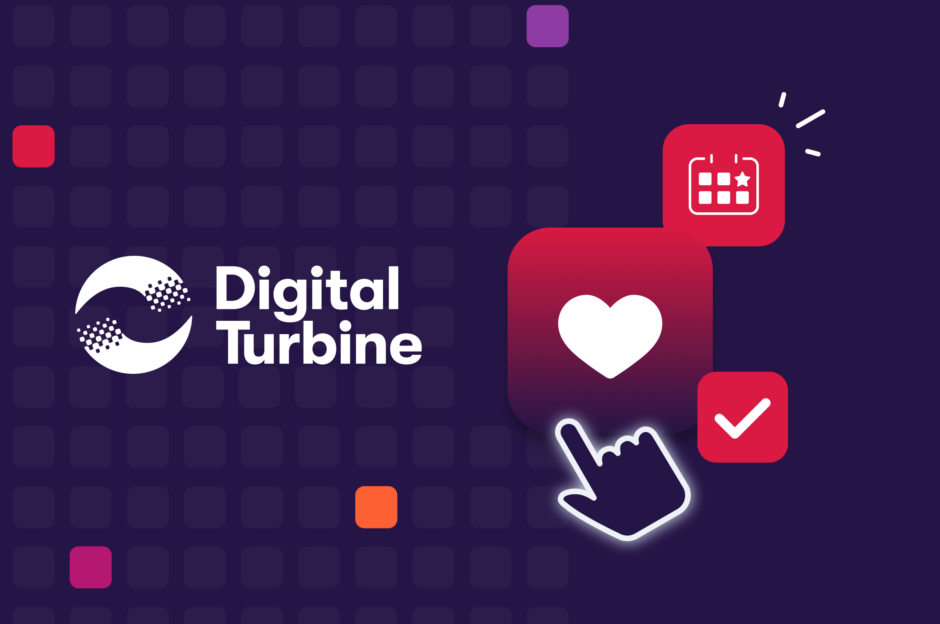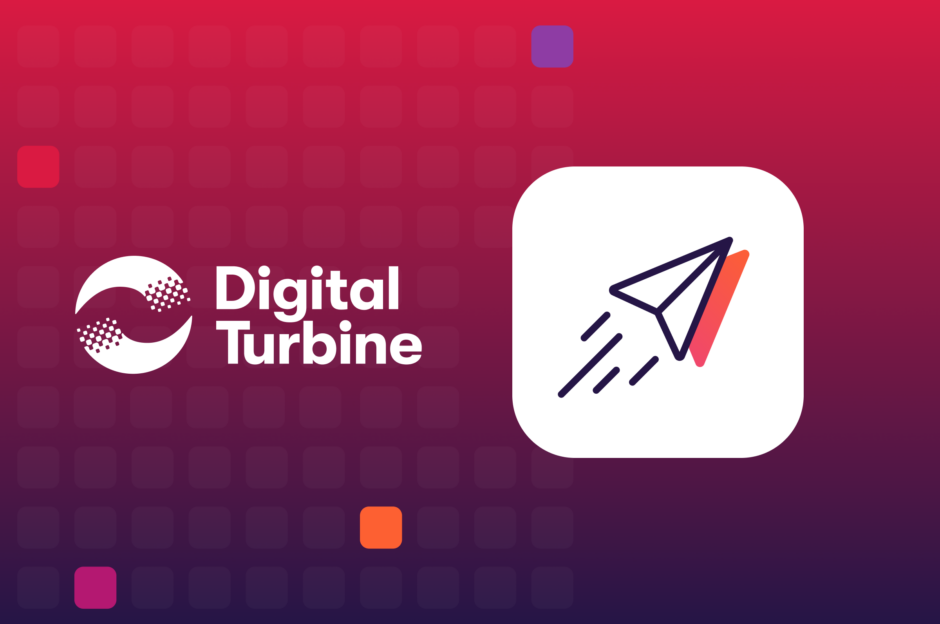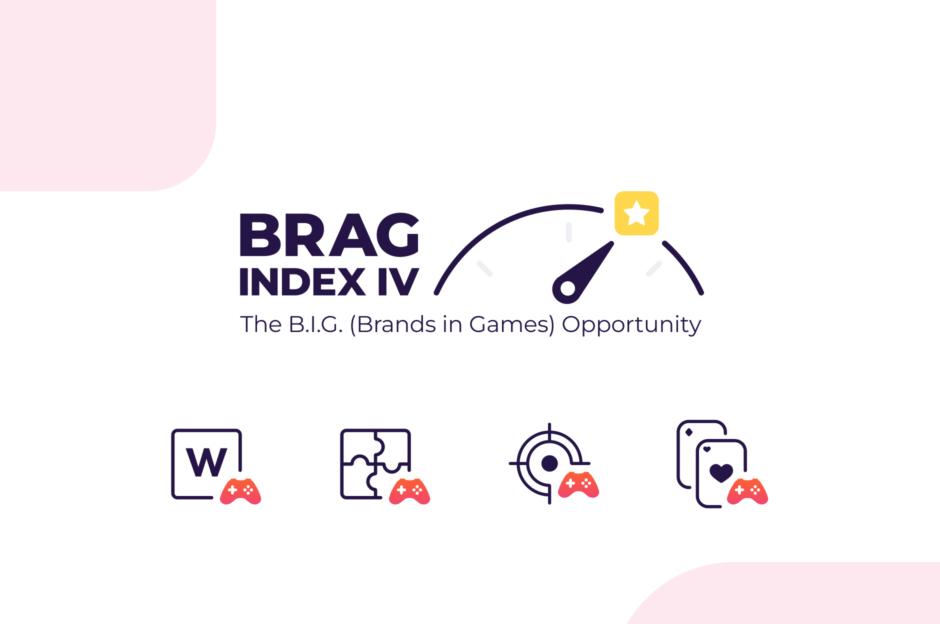Mobile Monday: Advertising Opportunities, Apple vs. Google on Privacy, and Digital Ad Spending on Mobile
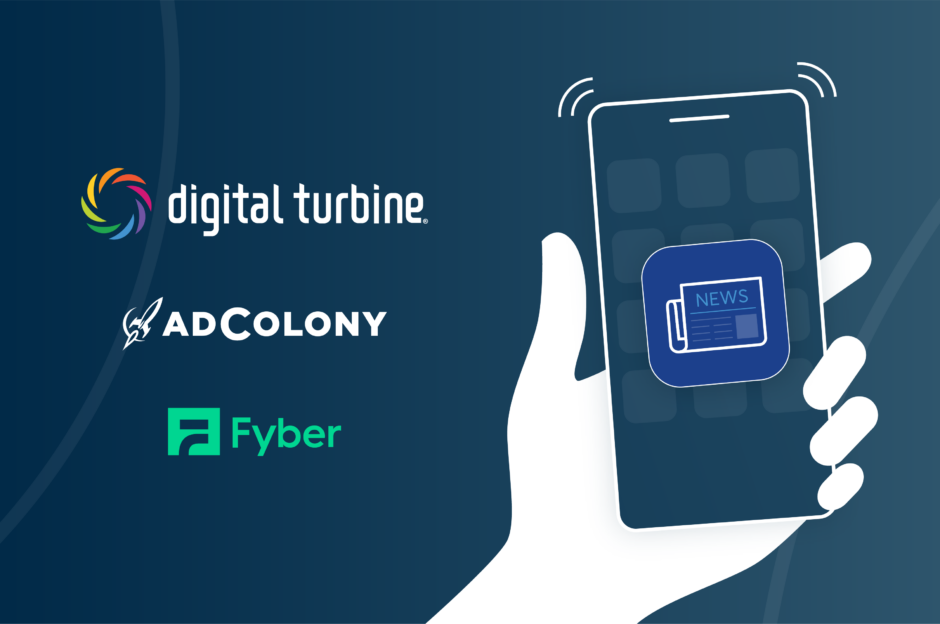
Digital Turbine is constantly keeping tabs on the mobile world, and every week, we’re sharing the most interesting and important need-to-know stories and articles. In this edition of Mobile Monday, we’re covering new trends in advertising that allow for user privacy and advertiser success, Google and Apple’s latest privacy initiatives and ad opportunities, and mobile’s take of the digital ad market. Learn all about these stories in this week’s Mobile Monday!
The Advertising Experience
Apple has a new ad out that features a young girl attending a “data auction” where she horrifically looks on while her email, texts, browsing data, and shopping history are auctioned off to strangers (and also her Nana!). With a click of a few buttons on her iPhone (she asks an ad not to track and sets her mail privacy), the whole auction goes up in smoke and Apple is heralded as the champion of consumer privacy. Which, of course, is not completely true as their own ad platform stands to gain revenue the more people crack down on privacy settings on the other big apps — like Facebook.
The ad does, however, showcase the true fear people have of their data being shared willy nilly to the highest bidder. No one wants anyone to know — especially Nana! — our most private content or what we might have bought at the drugstore. MarTech series published a story about how the future of digital advertising is embracing the truth about those fears and creating connections with the customer — in other words, treating them as a human and not as a data point. It even harkens back to the day where brands created connections with people asking them to “buy the world a Coke” or be part of the “Pepsi Generation.”
The idea of creating a connection with people with lengthy commercials is long gone in the digital age where people’s attention spans are extremely short. But that doesn’t mean you can’t replicate those connections through seamless experience. While people are shunning Big Tech advertising, the reason the Apple ad platform might have some success is because of the different ways it can make advertising part of the phone experience. And that’s the entire benefit of On-Device solutions like what Digital Turbine offers. Carriers and other OEMs can replicate what Apple is doing and create smart, seamless advertising experiences while people are doing normal, everyday things on their phone — like scrolling through app icons, reading notifications, searching in a browser, or organizing folders.
Tech Leaders Take on Ad Regulation
Tech giants Google and Apple have two different approaches to consumer privacy and ad personalization on their prospective devices, and consumers and advertisers alike are still trying to navigate this new space in a way that allows for both privacy and relevant ads.
Google is looking to give consumers even more control over their ads with their updated “My Ad Center” that allows consumers to add or block ads about specific topics, brands, and sensitive content, according to the latest from 9to5Google. This new center allows consumers to see ads they recently were shown, add or take away demographic information used for ad customization, and even get very specific about topics and brands they want to see in ads, like selecting to see “hybrid alternative vehicles” in the car category.
On the other hand, Apple is showcasing success for their Apple Search Ads within the App store and announced that ad conversion rates for those that opted out of tracking are just as high as those for consumers who opted-in. Apple disclosed that 78% of iOS App Store searches are from smartphones that selected to opt out of tracking. In addition, conversion rates for those that opted out of tracking is 62.5%, which is just about the same as the 62.1% conversion rate from consumers who opted in to tracking. That said, Apple suggests advertisers target those who have opted out of tracking since this is a much larger consumer pool.
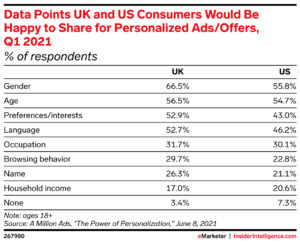
Consumers appear to be more comfortable sharing basic demographic information, like age and gender, but don’t want tracking to dive deeper in their browser history or income, as noted in eMarketer.
So what does this mean for advertisers? There needs to be a balance between delivering ads that respect user privacy while also being relevant to consumer needs. Whether a user sees an ad on an Android or in Apple’s app store, using contextual targeting, effective creative, and ad formats that users prefer will help brands and advertisers reach consumers, increase engagement, and deliver high conversion rates.
Mobile’s Takeover of the Ad Market is Not Finished
eMarketer’s Worldwide Ad Spending 2022 just dropped, packed with insights on the $602.25 billion global digital ad spending market.
The report highlights mobile’s unique role in global advertising growth. For the first time, half of all ad spend worldwide will go to mobile. The mobile ad market has become as big as TV, connected TV (CTV), desktop/laptop, radio, out-of-home, newspapers, and magazines combined — and it is not showing any signs of slowing.
Another milestone for mobile is its share of overall digital advertising — more than 75% in 2022. Over half a trillion dollars will be spent on ads on smartphones and, to a lesser extent, tablets. This positions mobile as the biggest ad spending subcategory ever.
Mapping the global market for ad spending, North America and Asia Pacific remain the rulers. Roughly 43% of global spend comes from North America, and Asia Pacific stands at 34% — driven by the U.S. and China.
Google and Meta remain at the top, even as other strong players enter the digital ad market. While TikTok and Amazon grew at massive numbers, the gap between them and the two leading players remained enormous — especially in a global outlook.
About Mobile Mondays
Mobile Monday examines the latest news, trends, and developments in mobile apps, tech, and advertising. Do you have a story to share for the next Mobile Monday?
Sign-Up
straight to your inbox.

